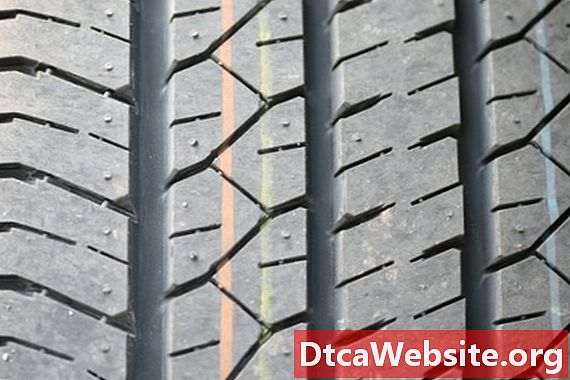
Contenu
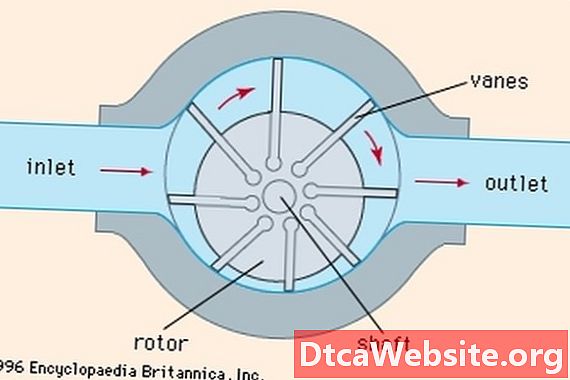
Introduction
Air ratchets, also known as pneumatic ratchet torque wrenches, are popular and useful tools for tightening and loosening bolts. Used in the heavy manufacturing, heavy construction, automotive and aerospace industries, air ratchets harness force from high-pressurized gas (between 75 psi and 120 psi) and convert it into powerful yet controlled torque through a series of turbines, gearboxes and ratchets.
Pneumatic Turbine
The air pressure from compressed gas is converted into mechanical energy through a small pneumatic turbine located in the lower handle of the tool. Similar to a windmill, the high-pressure air pushes against sturdy blades (known as "vanes") that run parallel to the turbines axis (Figure 1) to create torque. When the user pushes down on the trigger, pressurized air is released into an inlet opening in the wall of the chamber. Meanwhile, an outlet opening leading to the exhaust line is on the opposite side of the chamber. In an attempt to equalize pressure (the compressed gas pressure is dozens of times higher that the atmospheres pressure), the inlet air will rush toward the outlet opening, pushing the vanes in the process. Because the pressures of the atmosphere and compressed air are constant, this powerful rush of air is constant, leading to a constant RPM for the vane-lined turbine.
Gearbox

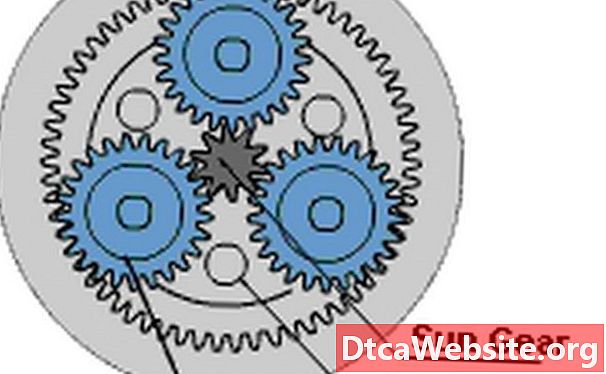
The turbines axle is attached to a single gear that fits into a device called a planetary gear set (Figure 2). In a planetary gear set, a central gear (sun gear) has its teeth interlinked with those of four surrounding gears (planet carrier gears). Meanwhile, an outer ring lined with teeth (the ring gear) surrounds the planet carrier gears and allows them to rotate freely. When the sun gear rotates, the four-piece carrier gear assembly rotates in the opposite direction. As a result, the carrier gear assembly rotates more slowly than the sun gear but with greater torque. To see an animation of a planetary gear assembly in action, see References below.
Drive Bushing
The carrier gear assembly is attached to a freely rotating, needle-bearing-stabilized rod with a round knob called a drive bushing at the end. As the assembly goes, so does the rod--with one exception: The drive bushing is offset such that it revolves around the rods/assemblys axle (rather than rotating on the axle itself). This revolving drive bushing fits into a sturdy, U-shaped groove at the base of the ratchet head; as the drive bushing revolves, it pushes the ratchet casing back and forth (Figure 3).
Ratchet
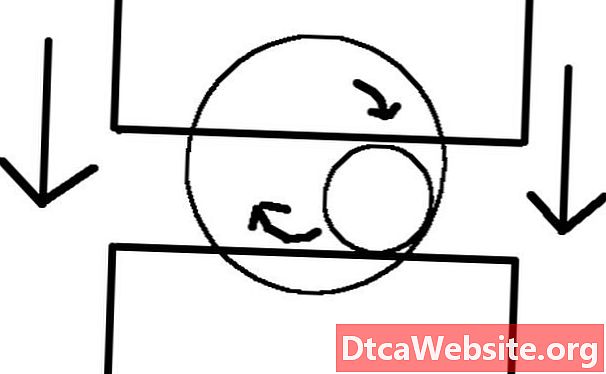
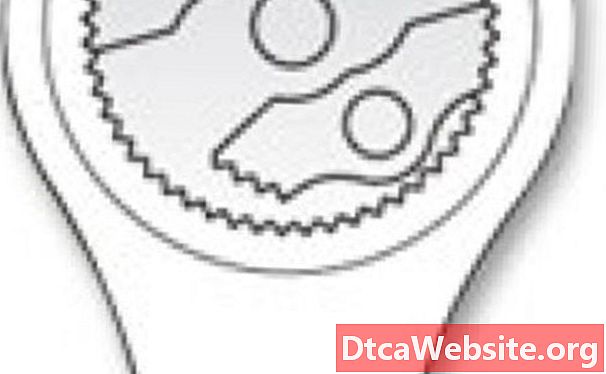
The ratchet casing is surrounded by a special row of gear teeth interspersed with four spring-loaded fingers called pawls (Figure 4). When the ratchet casing swings to the right, the gear teeth slide effortlessly past the pawls. But when it swings to the left, the teeth catch the pawls firmly. Because the pawls are attached to the ratchet head, the left swinging casing forcibly rotates the pawls/ratchet head clockwise. Due to the speed of the turbine, these small, clockwise turns happen dozens of times per second, creating the illusion of continuous movement.
